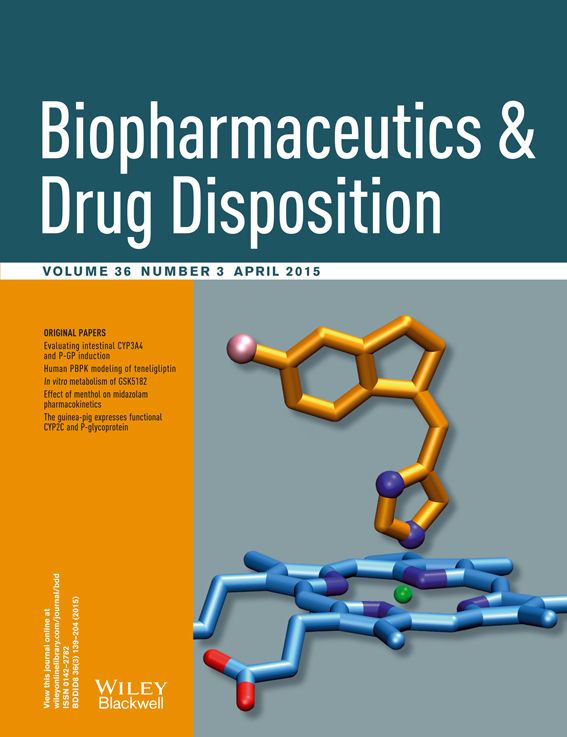Simultaneous evaluation of human CYP3A4 and ABCB1 induction by reporter assay in LS174T cells, stably expressing their reporter genes
Abstract
The bioavailability of orally administered therapies are often significantly limited in the human intestine by the metabolic activities of cytochrome P450 3A4 (CYP3A4) and P-glycoprotein (P-gp). Predicting whether candidate compounds induce CYP3A4 and P-gp is a crucial stage in the drug development process, as drug–drug interactions may result in the induction of intestinal CYP3A4 and P-gp. However, the assay systems needed to evaluate both CYP3A4 and P-gp induction in the intestine are yet to be established. To address this urgent requirement, LS174T cells were used to create two stable cell lines expressing the CYP3A4 or ATP-binding cassette subfamily B member 1 (ABCB1, encoding P-gp) reporter genes. First, these stable cells were tested by treatment with 1α,25-dihydroxyvitamin D3 (1,25(OH)2D3), all-trans-retinoic acid (ATRA) and 9-cis-retinoic acid (9-cis RA) that induce CYP3A4 and P-gp in the intestines. All these compounds significantly increased both CYP3A4 and ABCB1 reporter activities in the stable cell lines. To simultaneously assess the induction of CYP3A4 and ABCB1, both stable cells were co-cultivated to measure their reporter activities. The mixed cells showed a significant increase in the CYP3A4 and ABCB1 reporter activities following treatment with 1,25(OH)2D3, ATRA, and 9-cis RA. These activity levels were maintained after passaging more than 20 times and following multiple freeze–thaw cycles. These results demonstrate that our established cell lines can be used to evaluate simultaneously CYP3A4 and ABCB1 induction in the intestines, providing a valuable in vitro model for the evaluation of future drug candidates. Copyright © 2014 John Wiley & Sons, Ltd.




